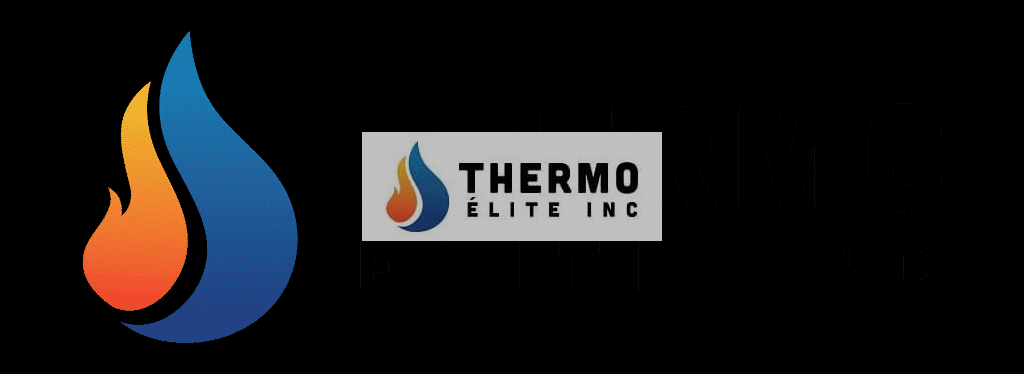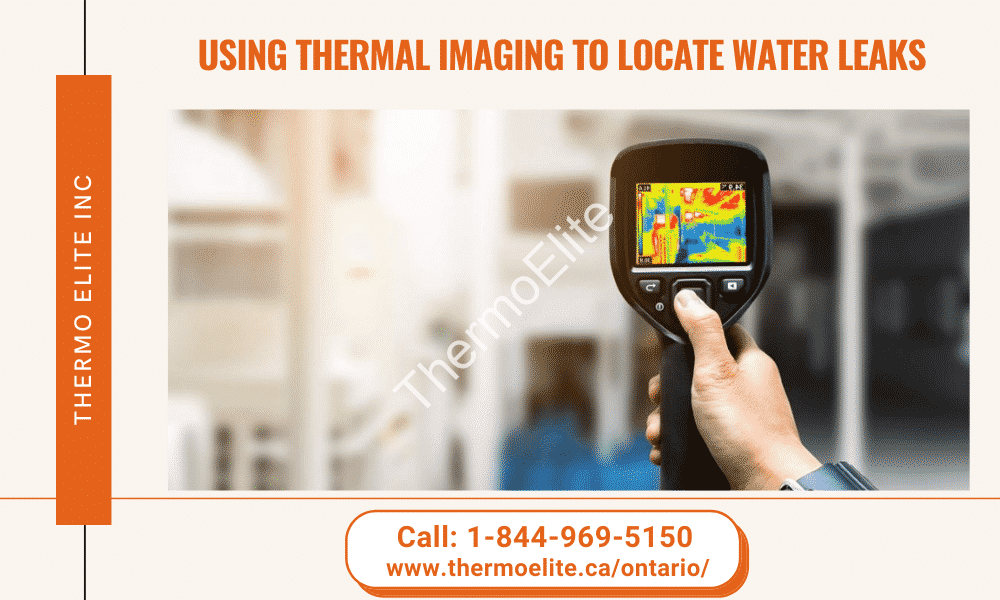Water leakages are a common problem in underground or concealed piping systems. Timely detection of these leaks is a challenge as they are hidden from our view. This may cause major problems giving you a very expensive repair bill. You’ll be able to make the repairs on time and avoid spending too much on them later if you can identify the leaks on time. This is where thermal imaging appears as a very handy technique for the timely detection of leaks. It doesn’t matter what flows through the pipe, with thermal imaging, detecting leaks in buried pipes becomes easy. Read on as we delve into the practical details of thermal imaging for detecting water leaks and answer a few questions.
What do infrared images detect?
An infrared camera or a thermal imaging camera is used to detect and measure an object’s infrared energy. The infrared data is converted into an electronic image showing the apparent surface temperature of the object that has been measured. It’s the differences in surface temperatures of an object that indicate leaks.
Is thermal imaging used to detect leaks?
Anything, including any liquid that’s warmer than absolute zero will emit infrared radiation. When you map the different temperatures in a certain area, the thermal images you’ve captured reveal where the liquid is flowing through the pipes that are underground or a part of a structure. The images also reveal the liquid is seeping out through the pipes.
You can use thermal imaging to locate leakages in underground utilities after creating the right conditions. Such detection of leakages includes pipes as well that you may overlook otherwise. While thermal imaging doesn’t see the moisture caused by a leak, it, however, detects the variations in temperature on a pipe’s surface to indicate a leak.
Using thermal imaging to locate utility leaks
When a buried piping system starts leaking, the water passing through it spreads out into the surroundings immediately around it. Temperature changes occur underground in areas around the leak when it occurs in a piping system carrying heated or cooled fluid. These temperature variations are spotted during thermal imaging, which helps locate leaks.
When leaks occur in a buried piping system, they appear in the form of variations in temperature from a value considered ideal. Some factors that decide how the leak shall appear to include:
- The pipe’s temperature
- The construction of the pipes
- The depth at which they have been buried
- How much fluid is being lost
- The soil type and the moisture content in it
- The ground cover surrounding the pipe
Inspecting with infrared imaging
When you’re looking to inspect leakages in buried piping systems, you should ideally perform such inspections in the night or during the winter and there should ideally be light or no wind. It’s to make sure that you can easily identify the difference in temperatures under the ground. Using infrared imaging can be hampered by bright sunlight as it causes solar reflection. If you are inspecting pipes located inside, you may still do so during the day. You should do everything you can to eliminate any interference from any other sources of light or heat, including the sunlight that may pass through the windows.
You’ll have to maneuver the thermal imager carefully over the piping pathway. It’s not difficult to capture the pipes on an infrared imaging scanner as they are built-in straight lines in a planned network. Bulges of an ill-defined shape in the image indicate a link. The leak shall show up in a color different than the rest of the pipe on the scanner since the liquid passing through the pipe is either heated or cooled. When a leakage causes the liquid to seep out of the piping system, a sudden temperature change occurs which appears in a different color.
We shall now address certain misconceptions about thermal imaging.
Can thermal imaging see through walls?
No, it can’t. Thermal imaging cameras can’t see any leakages on the other side of a wall. They detect water leakages by capturing the temperature variations on the surface of the walls caused by the leaking water.
How can you detect underground water leakage?
Under the right conditions, you can use an infrared camera to detect moisture existing behind the walls in a house or any other construction. The existence of moisture creates temperature variations that appear differently from their surrounding areas in the thermogram. Separate colors indicate temperature variations, which are signs of leakage.
How do you detect moisture with thermal imaging?
You can detect moisture with thermal imaging and locate spots where molds may cause damage. A thermal camera works by highlighting differences in the regular ground temperature or the building material temperature, which indicates the presence of wet areas. These temperature differences occur as water leakage lowers the temperature of the material.
The advantages of using infrared
The low costs involved, the ease of use, and how quickly and effectively it works are some of the major advantages of using thermal imaging. By deploying thermal imaging, you can locate leaks without having to carry out extensive excavations. You can also avoid causing inconveniences like shutting off the water supply. Repairmen can dig exactly at the spot where the leakage is leaving only a minimum footprint. You can use infrared thermal imaging to detect water leakages in pipes on time and avoid costly repairs later.
Conclusion
Any building may suffer serious damage due to water leakage. It’s therefore important to locate these leaks while there’s still time and carry out necessary repairs. The challenging task of locating these leaks is made easy by thermal imaging. You can avoid destructive testing by using an infrared camera. Moreover, thermal imaging helps prepare reports, which include images of the leaks so you can forcefully highlight how necessary it is to carry out immediate repairs. You get a more detailed and deeper insight into issues in your piping system with thermal imaging which proves handy in making timely repairs and avoiding cost overruns.



